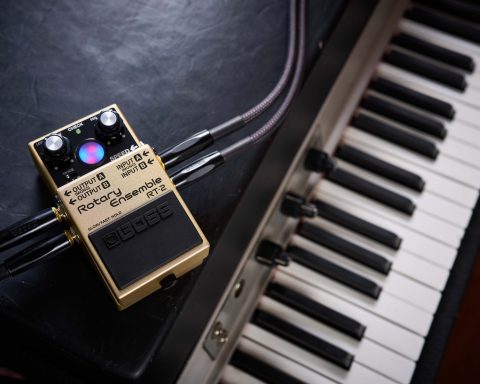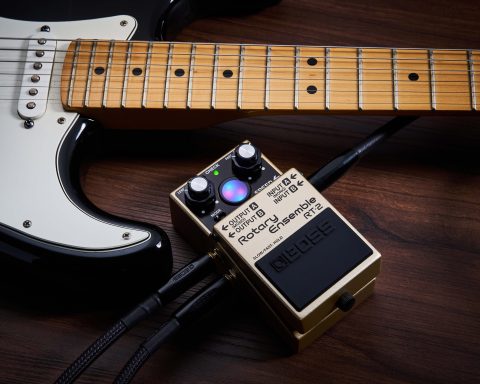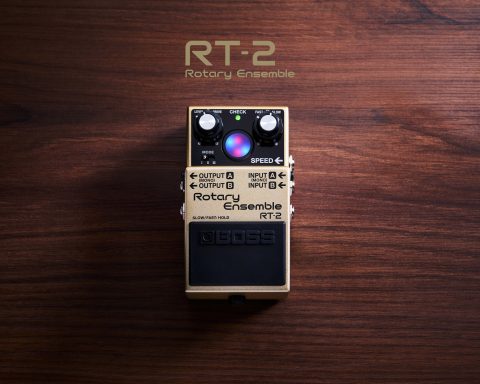Since 2011, the respected YouTube channel CSGuitars has educated and entertained musicians. The company does so by “explaining the science and technology of guitar equipment in an easy-to-understand fashion.” The founder, Colin Scott, spent some quality time with the BOSS HM-2W and emerged with a deep dive video on the Waza Craft pedal.
True Cult Favorite
In his technical exploration, Scott reveals how the original HM-2 “gained massive cult recognition due to its niche application.” He goes on to explain that despite the HM-2’s loyal following, few discuss “what’s going on inside this filth box on a circuit level to make it so uniquely well adapted for signal destruction.”
To underline this, Scott references the legendary Swedish death metal scene. “If it wasn’t for bands like Entombed, Dismember, and At the Gates pioneering the ‘Everything on Ten’ sound in the ’90s, the HM-2 may have been a small, almost forgotten footnote in BOSS’ history,” Scott concludes.
"The engineers took the progression of technology and playing environments of the last three decades into account." -Colin Scott
The genre’s dedicated fanbase created what Scott calls an “overwhelming surge of public support.” This led directly to “the prototype of the new Waza Craft HM-2W.” He explains that the pedal’s Standard Mode faithfully recreates the sound of the original HM-2. As a bonus, the HM-2W’s Custom Mode adds more gain and tweaks the EQ for “even more aggression.”
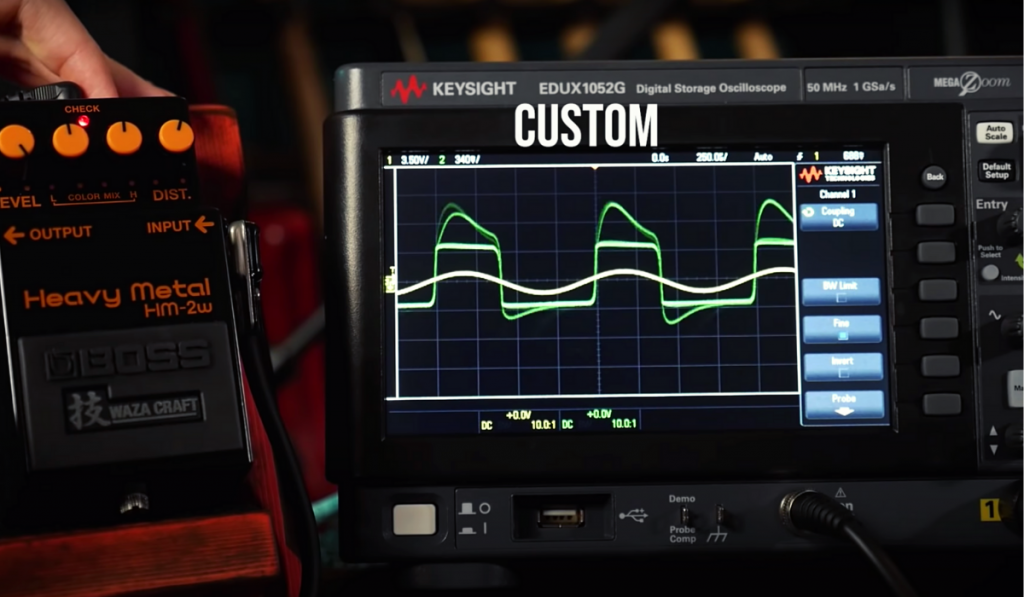
Breaking Down the Circuitry
In his typically thorough fashion, Scott takes us on a step-by-step journey through the HM-2W’s circuitry. He begins with the gain structure behind Standard Mode before dissecting Custom Mode. “The HM-2W uses pretty much every trick in the book when it comes to distortion generation,” Scott reports.
Of particular note with the HM-2W is what Scott describes as “a distinctive double-humped EQ shape.” He nicknames this phenomenon “the suspension bridge curve.” Scott also praises the engineers in Japan who “took the progression of technology and playing environments of the last three decades into account and upped the total output level by +3dB.”
"A grinding, aggressive, churning sound with curves in all the right places to cut through anything." -Colin Scott
While investigating crossover distortion and transistor stages, Scott makes a discovery. The Low control affects a single filter around 80 to 90 Hz. That’s the sonic sweet spot, he finds. “It’s no coincidence this happens to be right around the fundamental frequency of the low E string tuned to standard pitch on a guitar.”
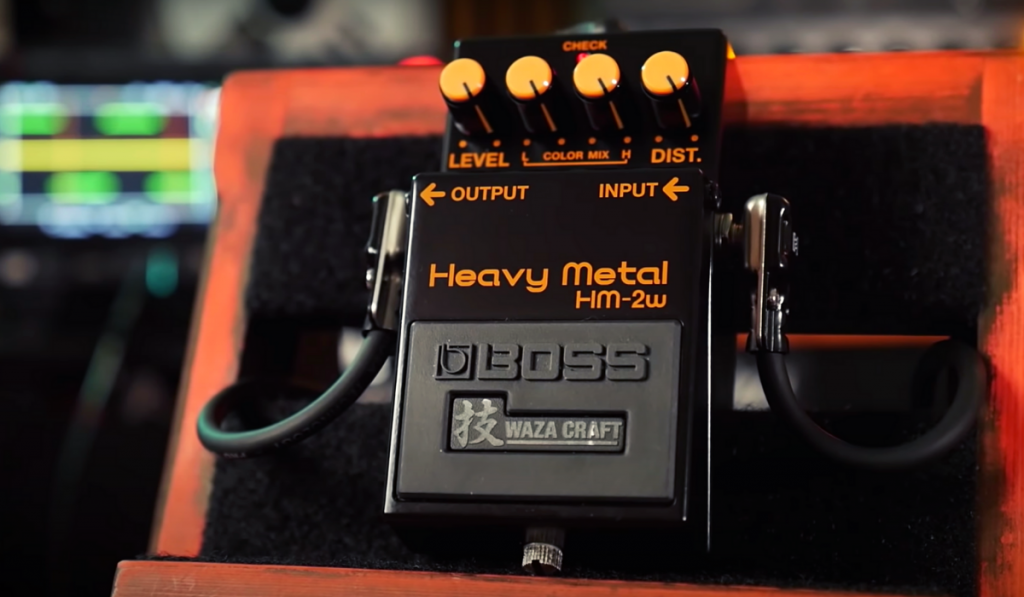
A Crushing Addition
In his final analysis, Scott deems the HM-2W a resounding, brutal success. The ability to turn everything to ten remains an irresistible characteristic. He firmly feels the pedal creates a “perfect storm of chaos.”
It’s “a grinding, aggressive, churning sound with its curves in all the right places to cut through anything.” Ultimately, Scott is a massive fan. “It’s for those reasons,” he states, “I honestly believe the HM-2W is the perfect distortion pedal.”



